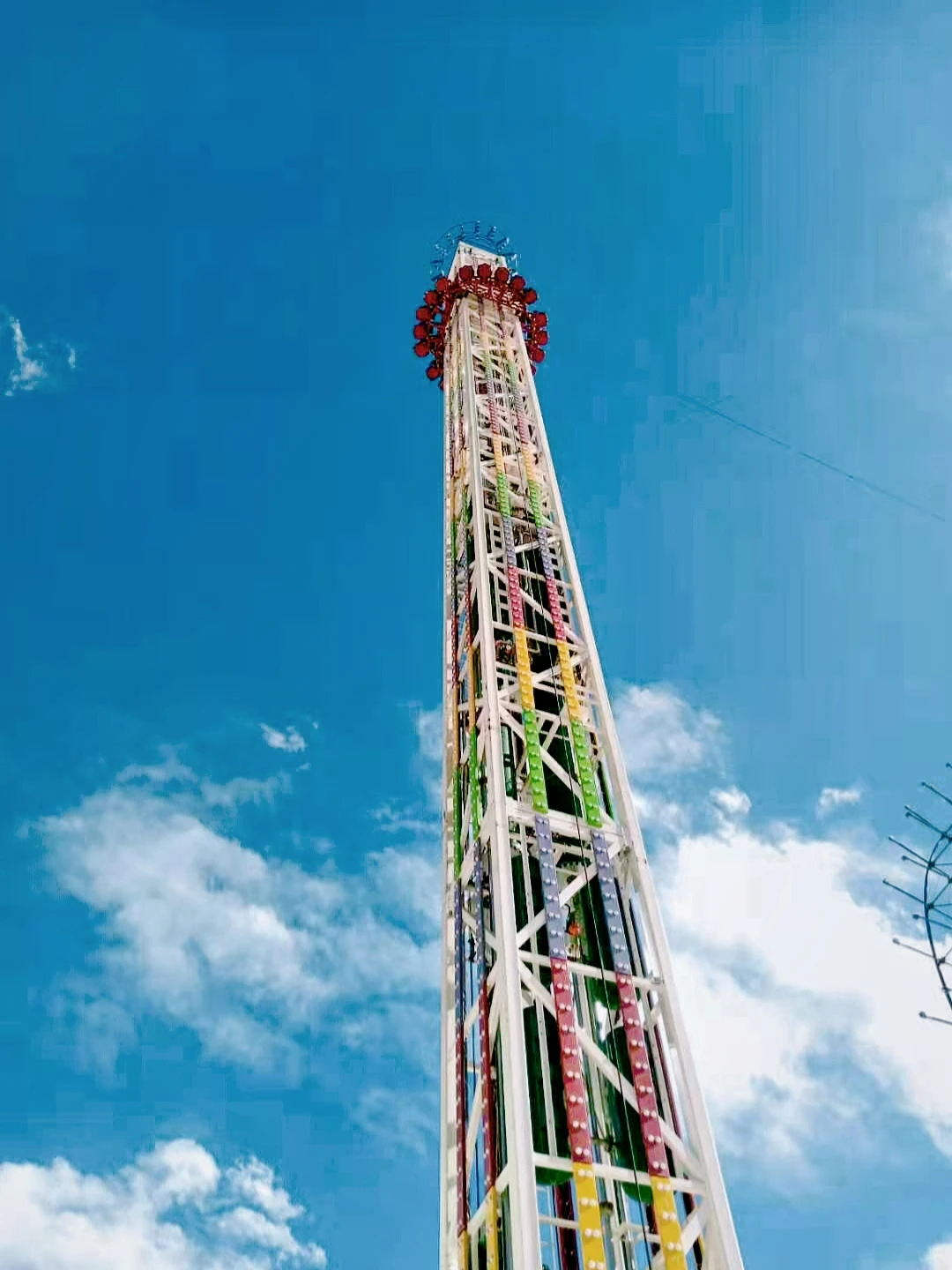- Albanian
- Arabic
- Belarusian
- Bengali
- Czech
- English
- French
- German
- Hebrew
- Hungarian
- Indonesian
- irish
- Italian
- Japanese
- kazakh
- Persian
- Russian
- Thai
- Uzbek
- Vietnamese
Create a Roller Coaster Inspired Drawing Challenge for Artists and Designers
Drawing Inspiration from Roller Coasters
Roller coasters are one of the most exhilarating attractions found in amusement parks around the world. They represent not just a thrilling ride but also a fascinating blend of engineering, art, and emotion. If you think about it, drawing a roller coaster can be a wonderful exercise in creativity and design. In this article, we will explore how to draw a roller coaster and what makes these structures so captivating.
First, let’s understand the anatomy of a roller coaster. Typically, roller coasters consist of steep hills, sharp turns, and exhilarating drops. They can be made of wood or steel, each offering a different riding experience. When we sit down to draw a roller coaster, we should consider these elements carefully. Start by sketching the outline with a pencil. Begin with a simple curved line that signifies the initial ascent of the ride. Gradually raise it before bringing it down in a steep drop. This will usually serve as the backbone of most roller coasters.
Drawing Inspiration from Roller Coasters
Now, consider adding loops or corkscrews to your design. These elements challenge gravity and enhance the visual appeal of your drawing. To create a loop, draw a circular shape through which the roller coaster cars pass upside down. Play with the perspective; showcasing the loop from an angle where it appears dramatic and dynamic can captivate the viewer's attention.
roller coaster to draw

Next, integrate additional features such as tracks and supports. The tracks can be drawn as two parallel lines that twist and turn, while support beams can be added beneath them for stability. Vary the heights and shapes of the supports to give your roller coaster a sense of realism. Don’t forget to include safety nets or other features neighboring the track, as they add to the overall ambiance of a theme park.
Color plays a significant role in any drawing. Once the outline and details are in place, think about how you can use color to bring energy and life to your roller coaster. Bright colors, such as red, yellow, or blue, can instill a sense of thrill and excitement. Adding shadows and highlights will give your drawing depth and dimension, making it pop off the page.
Finally, place your roller coaster in a vibrant amusement park setting. Add elements like ferris wheels, merry-go-rounds, or food stalls to create a lively atmosphere. Crowds of excited people can be drawn watching the roller coaster or screaming in delight as they ride it. Rich backgrounds like clouds, the sun, or even distant mountains won’t just enhance the scenery but also evoke the feeling of a perfect day at the park.
In conclusion, drawing a roller coaster is more than just replicating a thrill ride; it is about capturing the excitement, engineering marvel, and the joy it brings to so many. By focusing on the details and using vibrant colors, you can create a piece of art that reflects the thrill of these iconic amusement park attractions. So grab your pencils, let your imagination run wild, and draw your very own roller coaster!
-
Flume Ride-Hebei Zhipao Amusement Equipment Manufacturing Co., Ltd.|Thrilling Water Attraction&Customizable DesignJul.30,2025
-
Flume Ride - Hebei Zhipao Amusement Equipment | Water Coaster, Thrilling DescentJul.30,2025
-
Flume Ride - Hebei Zhipao | Thrilling Water AttractionJul.30,2025
-
Flume Ride: Thrilling Water Attraction by Hebei Zhipao|Log Flume Manufacturers&Flume Ride DesignJul.30,2025
-
Flume Ride-Hebei Zhipao Amusement Equipment Manufacturing Co., Ltd.|Thrilling Water Coaster, Safe DesignJul.30,2025
-
Flume Ride-Hebei Zhipao Amusement Equipment Manufacturing Co., Ltd.|Thrilling Water Attraction, Safe DesignJul.30,2025
